
Moisi Golemi, also known as Moisi of Dibra, was an Albanian nobleman and a commander of the League of Lezhë. In 1443–44 he captured all Ottoman holdings in the area of Dibër region. For a brief period in the 1450s he joined the Ottomans, but soon abandoned them and returned to the League. He died in 1464, when he was executed publicly in Constantinople after being captured by the Ottoman army.

Gjergj Arianiti (1383–1462) was an Albanian feudal lord who led several successful campaigns against the Ottoman Empire. He was the father of Donika, Skanderbeg's wife, as well as the grand-uncle of Moisi Arianit Golemi. Gjergj Arianiti was Skanderbeg's ally within League of Lezhë before abandoneding the alliance after the defeat in Berat in 1450. He later returned. Robert Elsie emphasizes that Arianiti was often Skanderbeg's rival. He allied with the Kingdom of Naples in 1446, left his alliance with Skanderbeg by 1449 and allied with Venice in 1456. However his daughter married Skanderbeg and he remained officially part of the League of Lezhe, continuing to fight Ottomans successfully up to his death in 1462.
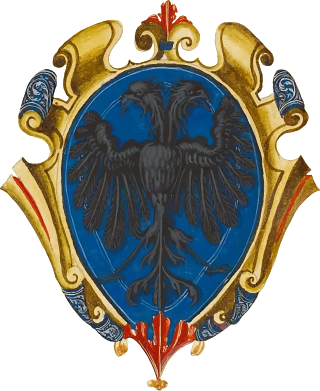
The Arianiti were an Albanian noble family that ruled large areas in Albania and neighbouring areas from the 11th to the 16th century. Their domain stretched across the Shkumbin valley and the old Via Egnatia road and reached east to today's Bitola.

The Kastrioti were an Albanian noble family, active in the 14th and 15th centuries as the rulers of the Principality of Kastrioti. At the beginning of the 15th century, the family controlled a territory in the Mat and Dibra regions. The most notable member was Gjergj Kastrioti, better known as Skanderbeg, regarded today as an Albanian hero for leading the resistance against Mehmed the Conqueror's efforts to expand the Ottoman Empire into Albania. After Skanderbeg's death and the fall of the Principality in 1468, the Kastrioti family gave their allegiance to the Kingdom of Naples and were given control over the Duchy of San Pietro in Galatina and the County of Soleto, now in the Province of Lecce, Italy. Ferrante, son of Gjon Kastrioti II, Duke of Galatina and Count of Soleto, is the direct ancestor of all male members of the Kastrioti family today. Today, the family consists of two Italian branches, one in Lecce and the other in Naples. The descendants of the House of Kastrioti in Italy use the family name "Castriota Scanderbeg".
The Battle of Torvioll, also known as the Battle of Lower Dibra, was fought on 29 June 1444 on the Plain of Torvioll, in what is modern-day Albania. Gjergj Kastrioti Skanderbeg was an Ottoman Albanian general who decided to go back to his native land and take the reins of a new Albanian League against the Ottoman Empire. He, along with 300 other Albanians fighting at the Battle of Niš, deserted the Ottoman army to head towards Krujë, which fell quickly through a subversion. He then formed the League of Lezhë, a confederation of Albanian princes united in war against the Ottoman Empire. Murad II, realizing the threat, sent one of his most experienced captains, Ali Pasha, to crush the new state with a force of 25,000-40,000 men.
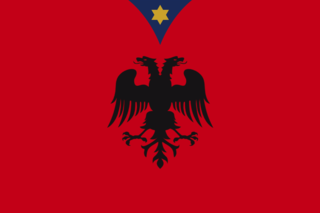
The Principality of Kastrioti was one of the Albanian principalities during the Late Middle Ages. It was formed by Pal Kastrioti who ruled it until 1407, after which his son, Gjon Kastrioti ruled until his death in 1437 and then ruled by the national hero of Albania, Skanderbeg.
John Zenevisi or Gjon Zenebishi was an Albanian magnate that held the estates in Epirus, such as Gjirokastër and Vagenetia.

Donika Arianiti, also known as Donika Kastrioti, was an Albanian noblewoman and the spouse of Albanian leader and national hero Skanderbeg. She was the daughter of Gjergj Arianiti, an earlier leader in the ongoing revolt against the Ottomans.

The Muzaka were a noble Albanian family that ruled over the region of Myzeqe in the Late Middle Ages. The Muzaka are also referred to by some authors as a tribe or a clan. The earliest historical document that mentions the Muzaka family is written by the Byzantine historian Anna Komnene. At the end of the 13th and beginning of the 14th century members of the Muzaka family controlled a region between the rivers of Devoll and Vjosë. Some of them were loyal to the Byzantine Empire while some of them allied with Charles of Anjou who gave them impressive Byzantine-like titles in order to subdue them more easily. In the 1340s, Stefan Dušan pressed further south into Albania, and by 1343-45 had taken central towns and territories in southern Albania, including domains of the Muzaka family. However, they would fall back under local control after his death in 1355. After the Battle of Savra in 1385 the territory of Albania came under the Ottoman Empire; they served the Ottomans until 1444 when Theodor Corona Musachi joined Skanderbeg's rebellion. When the Ottomans suppressed Skanderbeg's rebellion and captured the territory of Venetian Albania in the 15th century many members of the Muzaka family retreated to Italy. Those who stayed in Ottoman Albania lost their feudal rights, some converted to Islam and achieved high ranks in the Ottoman military and administrative hierarchy.
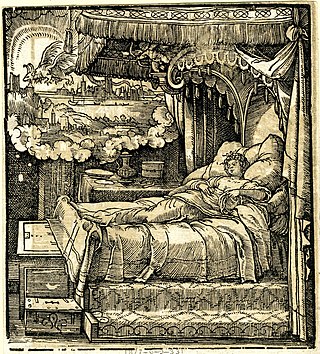
Voisava was the wife of Gjon Kastrioti, an Albanian nobleman from the House of Kastrioti. They had nine children together, one of whom was the Albanian national hero Gjergj Kastrioti, better known as Skanderbeg.
Angelina Branković, née Arianiti, was the Albanian Despotess consort of Serbian Despot Stefan Branković, and a daughter of Prince Gjergj Arianiti and his first wife Maria Muzaka. For her pious life she was proclaimed a saint and venerated as such by the Serbian Orthodox Church as Venerable Mother Angelina.
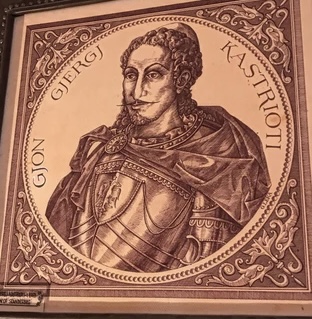
Gjon II Kastrioti, was the son of Gjergj Kastrioti Skanderbeg, the Albanian national hero, and of Donika Kastrioti, daughter of the powerful Albanian prince, Gjergj Arianiti. He was for a short time Lord of Kruja after his father's death, then Duke of San Pietro in Galatina (1485), Count of Soleto, Signore of Monte Sant'Angelo and San Giovanni Rotondo. In 1495, Ferdinand I of Naples gave him the title of the Signore of Gagliano del Capo and Oria. While in his teens, he was forced to leave the country after the death of his father in 1468. He is known also for his role in the Albanian Uprisings of 1481, when, after reaching the Albanian coast from Italy, settling in Himara, he led a rebellion against the Ottomans. In June 1481, he supported forces of Ivan Crnojević to successfully recapture Zeta from the Ottomans. He was unable to re-establish the Kastrioti Principality and liberate Albania from the Ottomans, and he retired in Italy after three years of war in 1484.
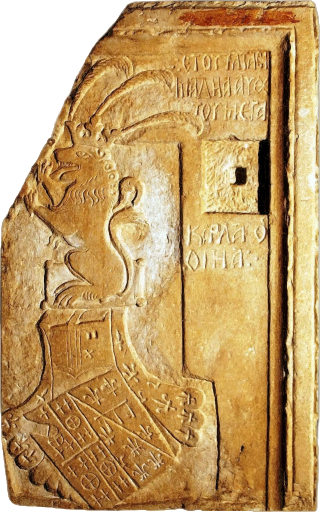
The Thopia were one of the most powerful Albanian feudal families in the Late Middle Ages, part of the nobility of the Angevin Kingdom of Albania.
Niketa Thopia was the Lord of Krujë between 1392—1394 and 1403–1415. He was a member of the Albanian Thopia family and an illegitimate son of Karl Thopia, the Prince of Albania.
Gojko Balšić or Gojko Balsha and his brothers George Strez and John were the lords of Misia, a coastal area from the White Drin towards the Adriatic. The brothers were members of the house of Balšić, which earlier held the Lordship of Zeta. They participated in founding the League of Lezhë, an alliance led by their maternal uncle Gjergj Kastrioti Skanderbeg. Gojko supported Skanderbeg until the latter's death in 1468, and then continued to fight against the Ottomans within Venetian forces.
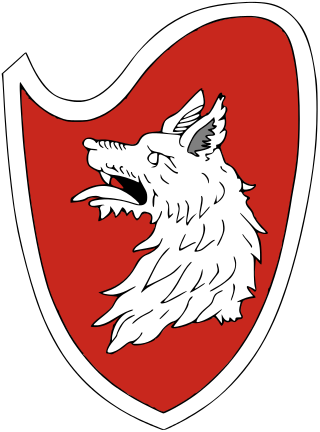
George Strez Balšić or Gjergj Balsha and his brothers Gojko and Ivan were the lords of Misia, a coastal area from the White Drin towards the Adriatic. The brothers were members of the Balšić noble family, which had earlier held Zeta. They participated in founding of the League of Lezhë, an alliance led by their maternal uncle Skanderbeg. George later betrayed Skanderbeg, by selling a domain to the Ottomans, while his two brothers continued to support Skanderbeg until his death and then continued to fight for the Venetian forces.
Ivan Strez Balšić or Gjon Balsha ; fl. 1444–1469) and his brothers George Strez and Gojko Balšić were the lords of Misia, a coastal area from the White Drin towards the Adriatic. The brothers were members of the Balšić family, which earlier held Zeta, but had now placed itself among the nobility in Albania. They participated in founding of the League of Lezhë, an alliance led by their maternal uncle Skanderbeg. Ivan and Gojko supported Skanderbeg until he died in 1468 and then continued to fight against Ottomans together with Venetian forces. After Skanderbeg's death Venice installed Ivan Strez Balšić as Skanderbeg's successor.
Andrea Thopia was a 15th century Albanian nobleman whose domains included the territory of Scuria. He was a member of the Thopia family and one of the founders of the League of Lezhë.
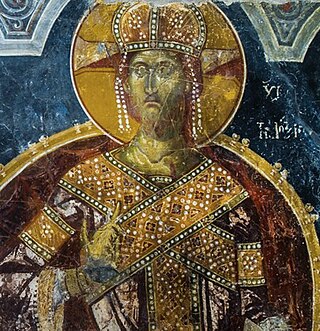
Theodor Corona Musachi or Teodor III Muzaka, was an Albanian nobleman who led the 1437–38 revolt against the Ottomans and was one of the founders of the League of Lezhë in 1444.

Andrea II Muzaka (1318-1372) was an Albanian nobleman of the Muzaka family and the ruler of the Principality of Muzaka in the 14th century. He inherited the principality from his father, Teodor I Muzaka, who died around 1331. Andrea II is known for having expanded the Principality of Muzaka to its greatest extent, from the southern Adriatic coastline of Albania in the west to Kastoria in the east by the time of his death in 1372.













